
Katherine LaNasa’s transformation from longtime character actress to Emmy-nominated star of HBO Max’s gripping medical drama “The Pitt” is a career milestone decades in the making. Her standout role as charge nurse Dana Evans has earned praise not only for its intensity, but for its grounded honesty, deeply shaped by both her professional chops and her own health journey.
Her performance, informed by surviving breast cancer, has struck a chord with both audiences and healthcare professionals. LaNasa has said that her time as a patient changed how she approached the role, helping her infuse Dana with warmth, grit, and emotional complexity.
Let’s take a look at how LaNasa’s career led her here, the real-life experiences behind her impressive portrayal, and why her performance has become one of the defining elements of “The Pitt.”
Three Decades, 80+ Roles, and One Big Break

With more than 80 roles under her belt, Katherine LaNasa built a steady, respected acting career over three action-packed decades. From turns in “Three Sisters” to deep roles on “Judging Amy,” “Big Love,” and “Longmire,” LaNasa became a familiar—and dependable—face in the TV landscape.
Industry insiders have long taken notice of her range. Executive producer and co-star Noah Wyle even called her “one of the most accomplished actors I’ve worked with.” That reputation would soon shine even brighter on “The Pitt.”
That brings us to the heartbeat of the ER—and of the show.
Holding the ER Together, One Crisis at a Time

On “The Pitt,” LaNasa plays Dana Evans, the seasoned charge nurse who keeps the emergency room running at Pittsburgh Trauma Medical Center. The show’s high-stakes action and emotional realism center around her calm command.
Whether it’s coordinating staff, managing patients, or holding things together amid constant chaos, Dana’s role is essential, and LaNasa’s portrayal keeps the audience grounded throughout it all.
But keeping pace in the ER comes with heavy emotional costs, which the show doesn’t shy away from.
A Nurse’s Compassion Meets the Toll of Trauma
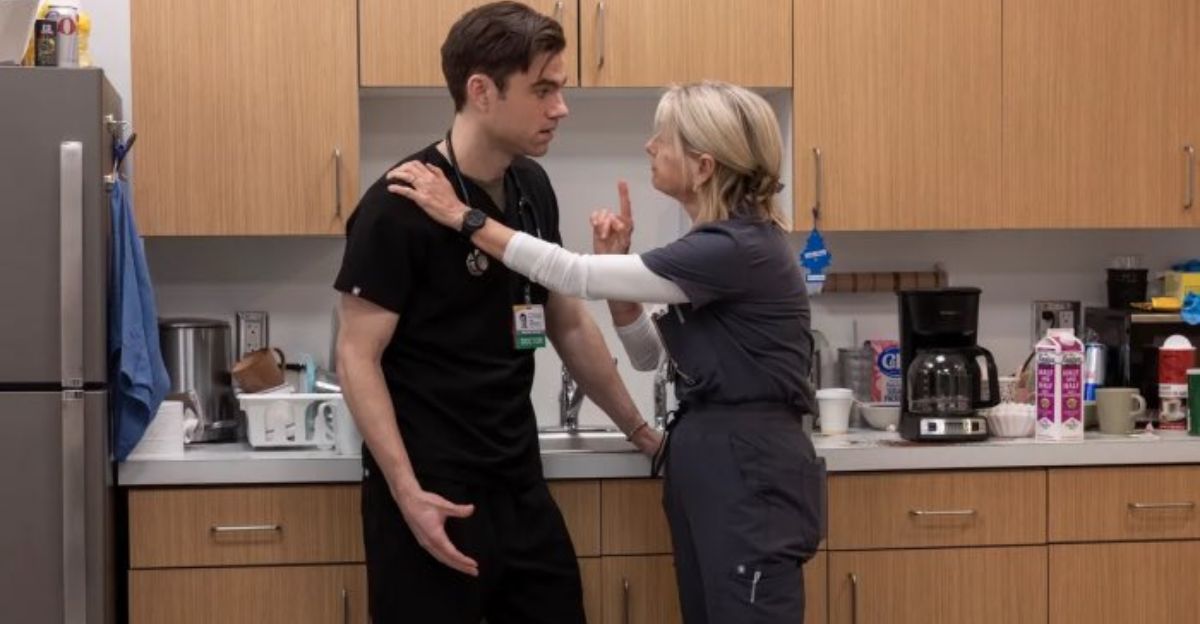
Dana Evans isn’t just running the ER, she’s quietly weathering it. LaNasa shows us a woman shaped by decades of caregiving, whose warmth often masks the deep emotional strain of the job.
Her performance captures the blend of gallows humor, grit, and guarded empathy that many real-life medical professionals rely on to endure daily trauma and burnout.
And when real danger comes crashing in, Dana’s steel is truly put to the test.
When the Job Gets Violent

From a brutal patient attack to leading emergency response during a mass casualty event, Dana faces the frontline dangers that many nurses encounter in real hospitals.
These intense scenes shed light on the physical risks and moral dilemmas healthcare workers deal with every day—especially when duty and personal safety collide.
It was one unforgettable episode that sealed LaNasa’s place in Emmy history.
A Career-Defining Nomination

This year, LaNasa scored her first Primetime Emmy nod for Outstanding Supporting Actress in a Drama Series. The episode “9:00 P.M.” put her character—and her acting—under immense pressure.
The nomination celebrated her layered, emotionally charged performance as Dana navigates both trauma at work and unraveling tensions at home. For fans and critics, it was a long-overdue recognition.
Her road to bringing Dana to life, however, started with her own real-life health battle.
Turning Pain Into Portrayal
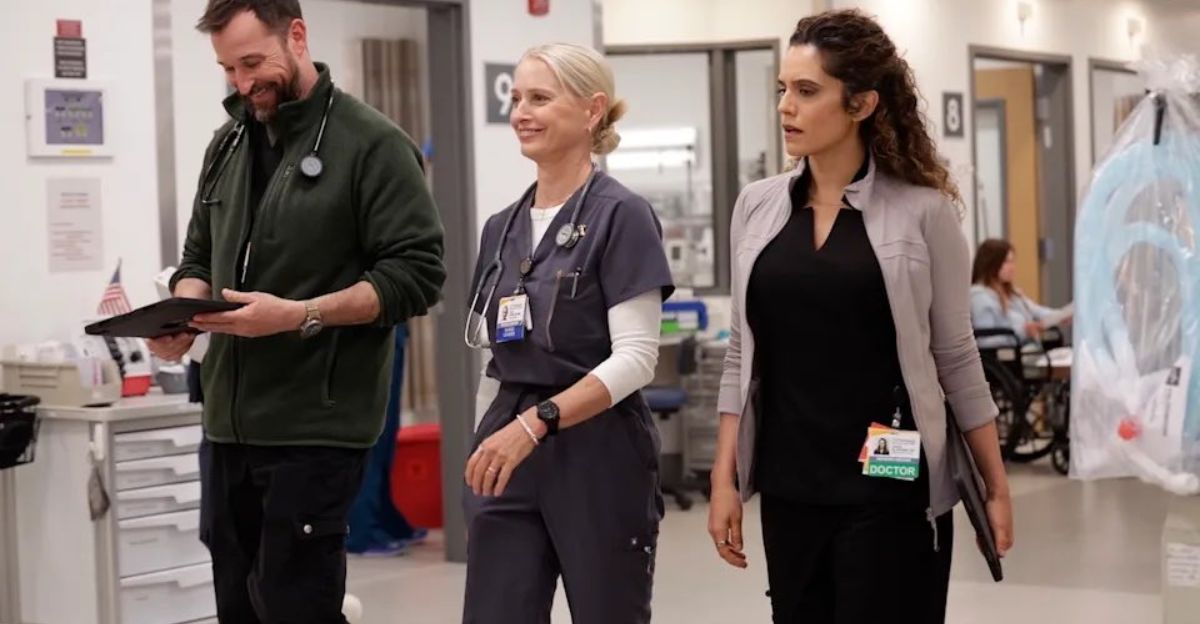
In February 2023, LaNasa was diagnosed with stage I breast cancer. After surgery and daily radiation therapy, she emerged with a renewed perspective, and that experience deeply informed her work.
Spending time in hospitals as a patient gave her rare insight into the compassion and toughness required of medical professionals, and that insight became the emotional core of Dana Evans.
Still, LaNasa didn’t just rely on personal memory, she fully immersed herself in the world of real nursing.
Learning From Real Nurses
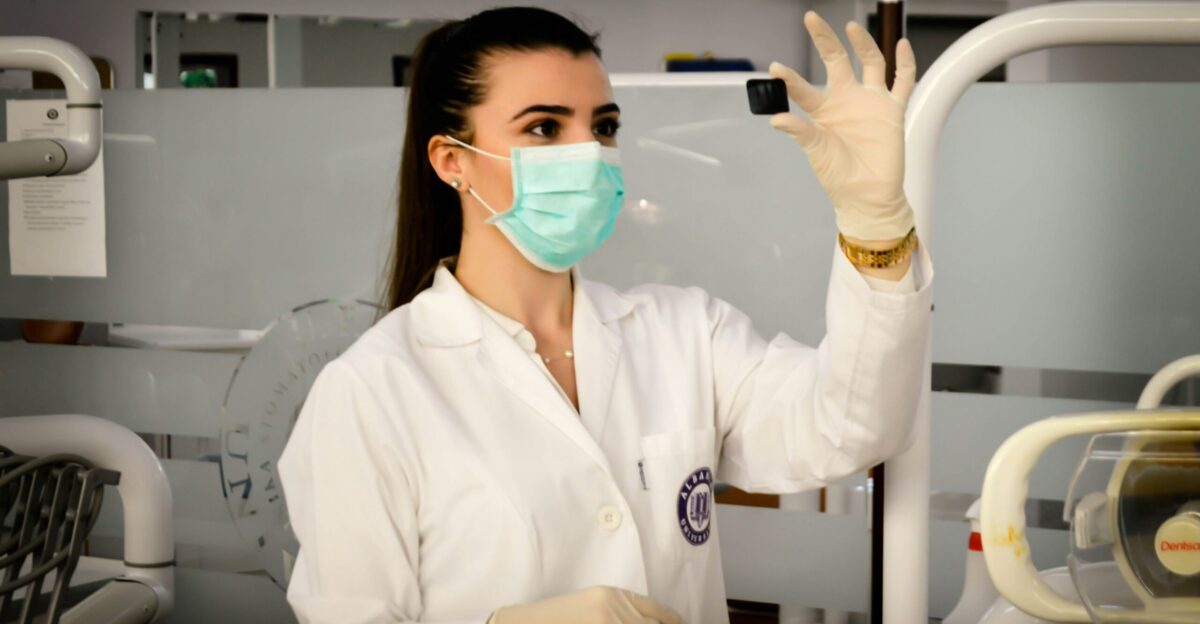
To make Dana feel authentic, LaNasa shadowed Kathy Garvin, a charge nurse at LA County Hospital, and joined her castmates in a sort of simulated med school crash course.
Every gesture—from blanket tucking to bedside reassurance—was grounded in real technique. That attention to detail gave her performance not just accuracy, but emotional credibility.
And the people who know healthcare best took notice.
Earned Praise From the Front Lines
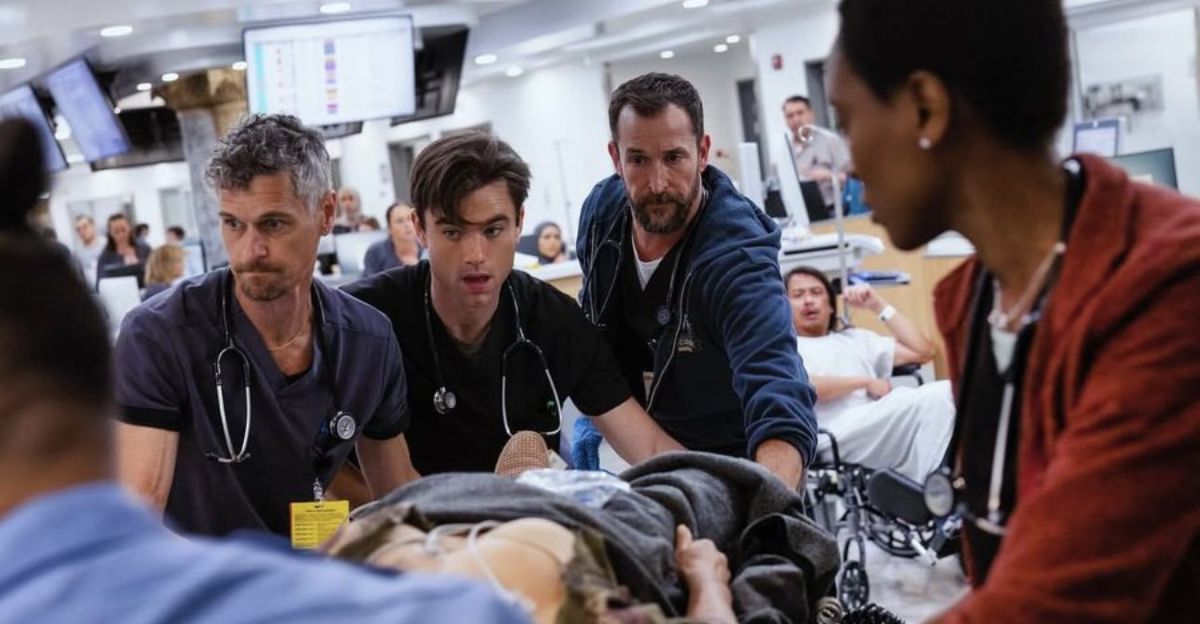
Medical professionals were among the loudest voices applauding LaNasa’s performance. Publications like Nurse.org singled her out for portraying the profession with honesty and care.
Nurses and viewers alike commended the quiet strength and emotional weight she brought to Dana—capturing the resilience required to survive shift after shift in emergency care.
One reason for that realism? LaNasa was channeling something personal.
An Onscreen Love Letter to Her Care Team

LaNasa has publicly described her role as Dana as a tribute: “a love letter and a thank you to all the people who treated me so kindly… when I had cancer.”
Moments in the show—like Dana gently calming a panicked patient—are straight from LaNasa’s own experience. They’re not just dramatized; they’re remembered.
One of the show’s most powerful arcs dives into what happens after a nurse survives violence in the workplace.
What Happens After the Attack
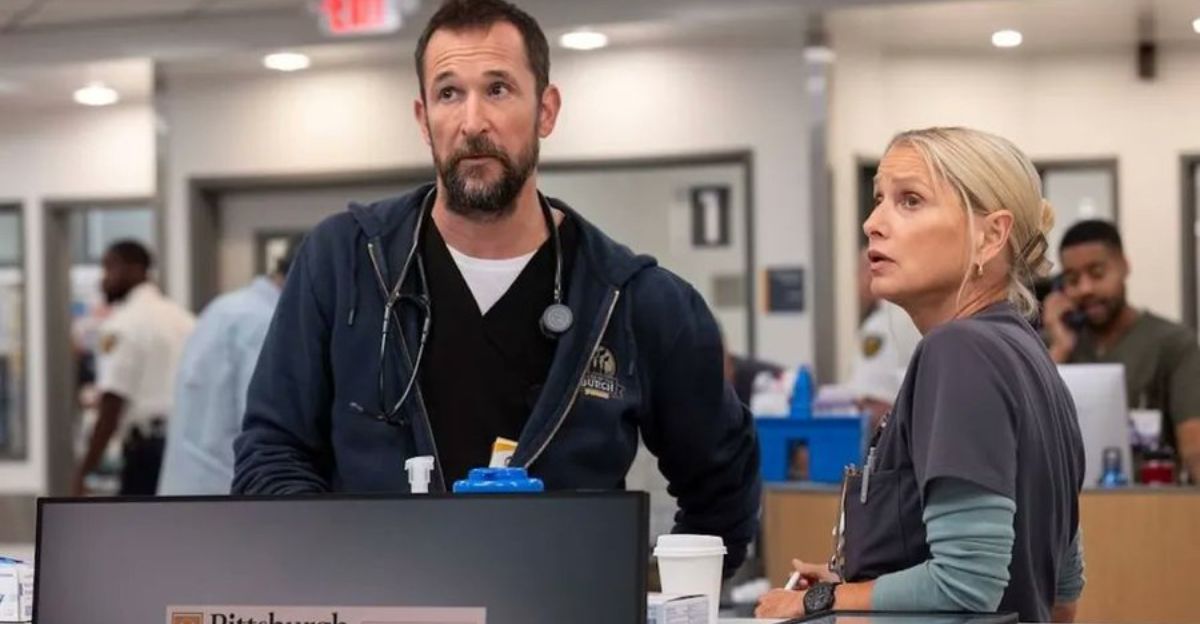
After Dana is assaulted by a patient, LaNasa guides us through her character’s complicated aftermath. The show explores trauma recovery, shaken confidence, and the constant tug-of-war between walking away and staying committed.
It’s a painfully real storyline—one that many nurses live through, and few TV dramas dare to dive into with this depth.
From there, the show moves into even murkier territory: why do they stay?
To Stay or Leave?
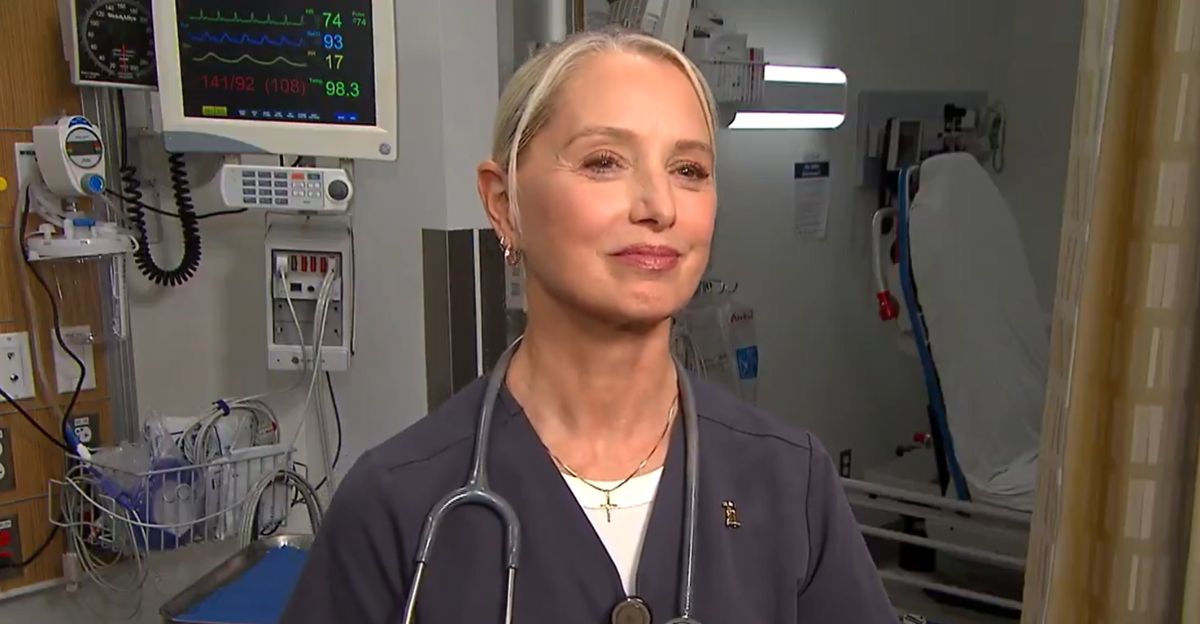
Dana’s moral crossroads becomes a key theme. In playing her, LaNasa stressed that Dana’s identity is fully tied to her work. The story unpacks that difficult truth—when your job is who you are, what happens when it puts you at risk?
The questions aren’t easy. But they’re timely and tremendously human, pulling audiences deeper into Dana’s world.
And just like her character, LaNasa has weathered her own pandemic-era reckoning.
When Real Life Mirrors the Role

Dana Evans’ backstory includes heavy references to COVID-era burnout. And in real life, LaNasa was dealing with pandemic stress during auditions and production, too.
She’s spoken about how her own struggles gave her even more empathy for healthcare workers—and ultimately helped her bring greater realism to Dana’s exhaustion and determination.
The acting world wasn’t easy to navigate during the pandemic either.
Tough Auditions, Tighter Competition
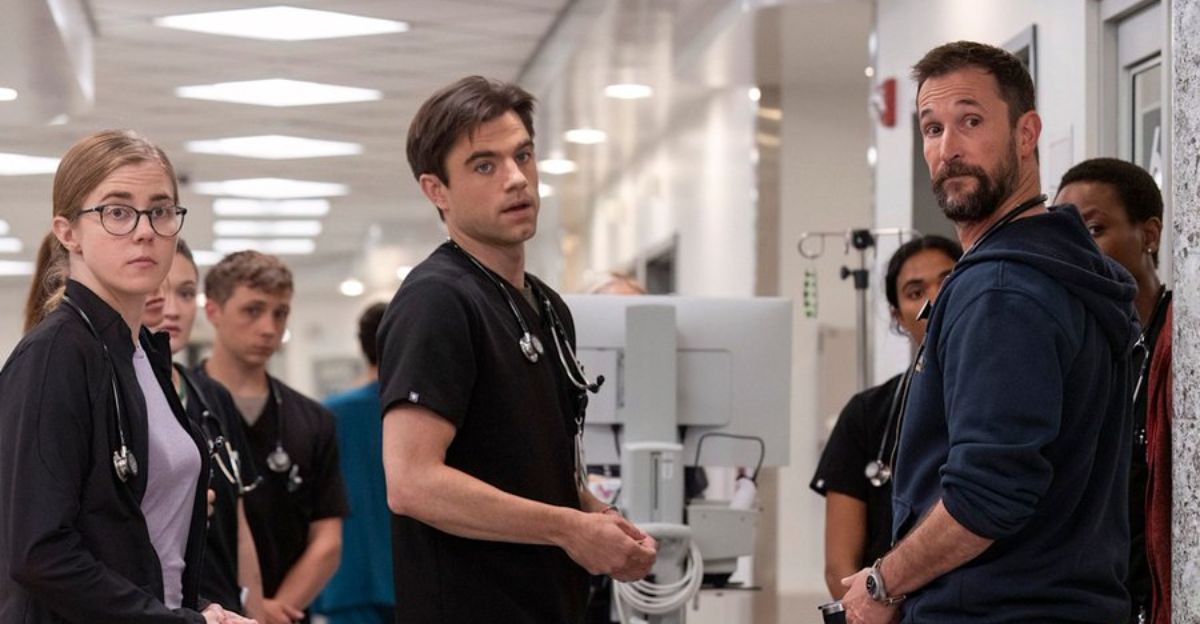
LaNasa faced a packed field of talent during COVID-era casting, with fewer roles and fierce virtual auditions. The industry contraction made landing prominent parts harder than ever.
Staying persistent through it all helped her dig deeper into Dana’s spirit—the stamina, the patience, the quiet grit forged under pressure.
Her work didn’t just stand out—it helped define the show.
Anchoring the Ensemble

While “The Pitt” thrives on strong ensemble performances, LaNasa’s Dana has become its emotional spine. She’s been called “the beating heart of the ER,” humanizing the series through her layered storytelling.
Viewers often follow Dana as a guide through the hospital’s chaos, which makes LaNasa’s presence not just welcome—but vital.
Of course, that realism is no accident.
Nailing the Details, Big and Small
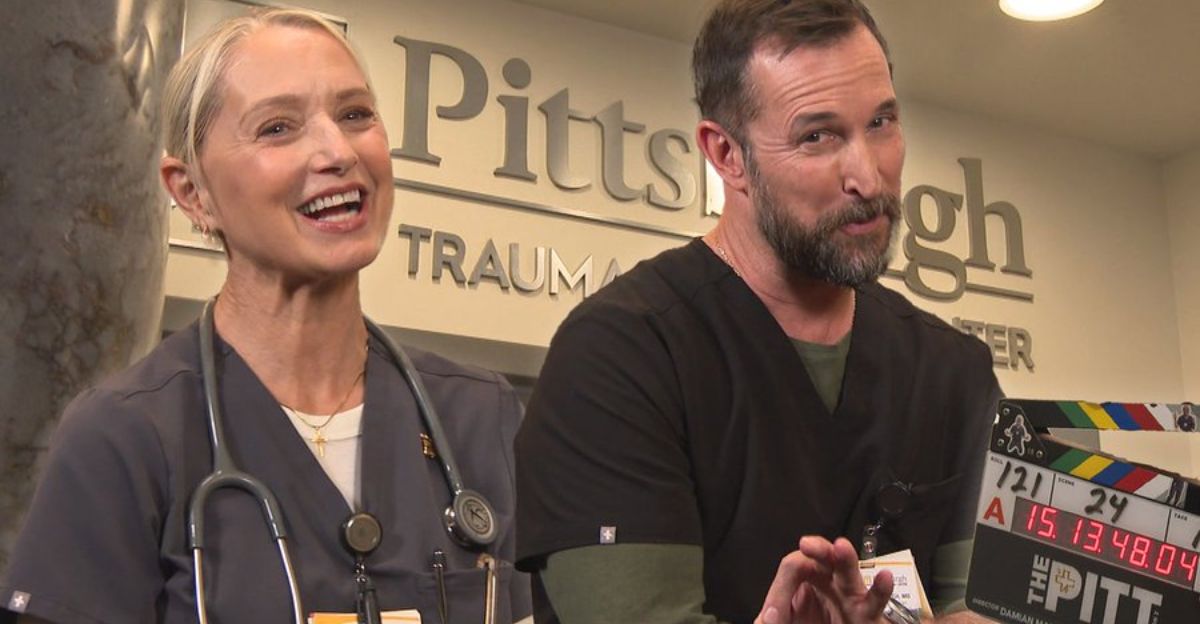
To keep the show grounded, producers consulted closely with medical experts and Allegheny General Hospital in Pittsburgh. Authenticity was the goal—and LaNasa helped make sure they hit that mark.
Her off-screen research, combined with on-screen experience as a patient, meant she could anchor the series with genuine insight and care.
That care shines through in even the quietest moments.
Truth in the Smallest Scenes
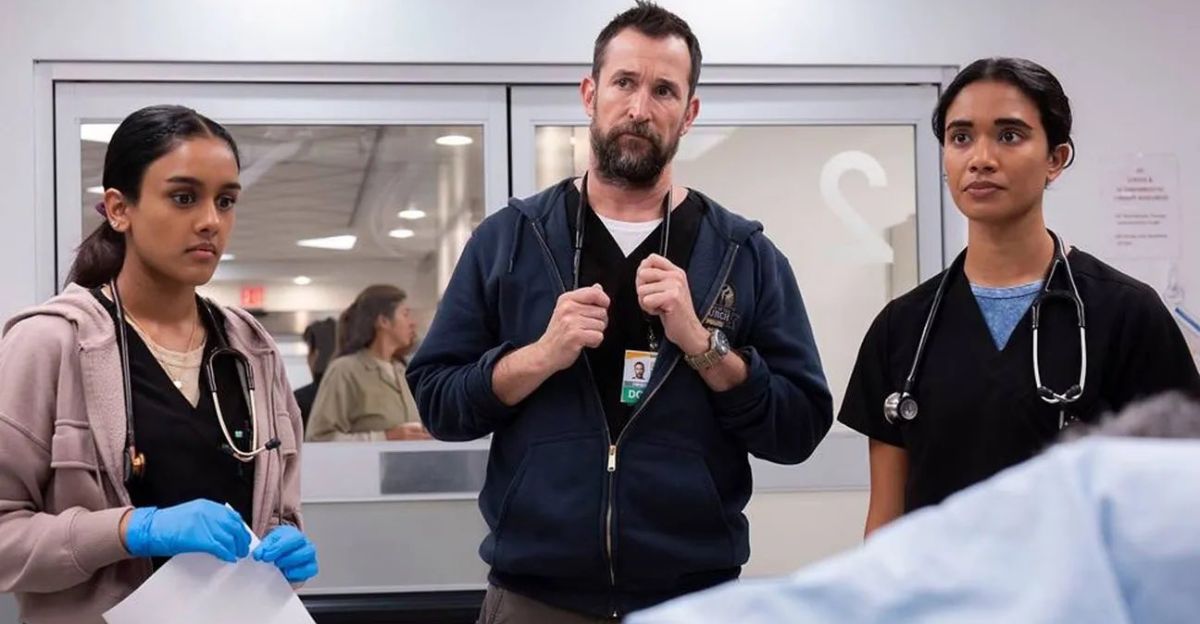
Whether Dana is tucking a blanket around a patient or defusing team tension in the ER, every beat of LaNasa’s performance rings authentic. These choices were shaped by memory, study, and empathy.
They didn’t just earn critical respect—they helped medical professionals see themselves reflected in the show.
Long Overdue Recognition

LaNasa’s Emmy nomination wasn’t just well-deserved—it was a moment many saw as delayed recognition. Her body of work, built on consistency and depth, finally broke through major awards radar.
And her nod also represents a shift in TV: honoring actors who lift ensemble storytelling through lived experience and emotional honesty.
Now, all eyes are on what’s next.
What’s Next for Dana?
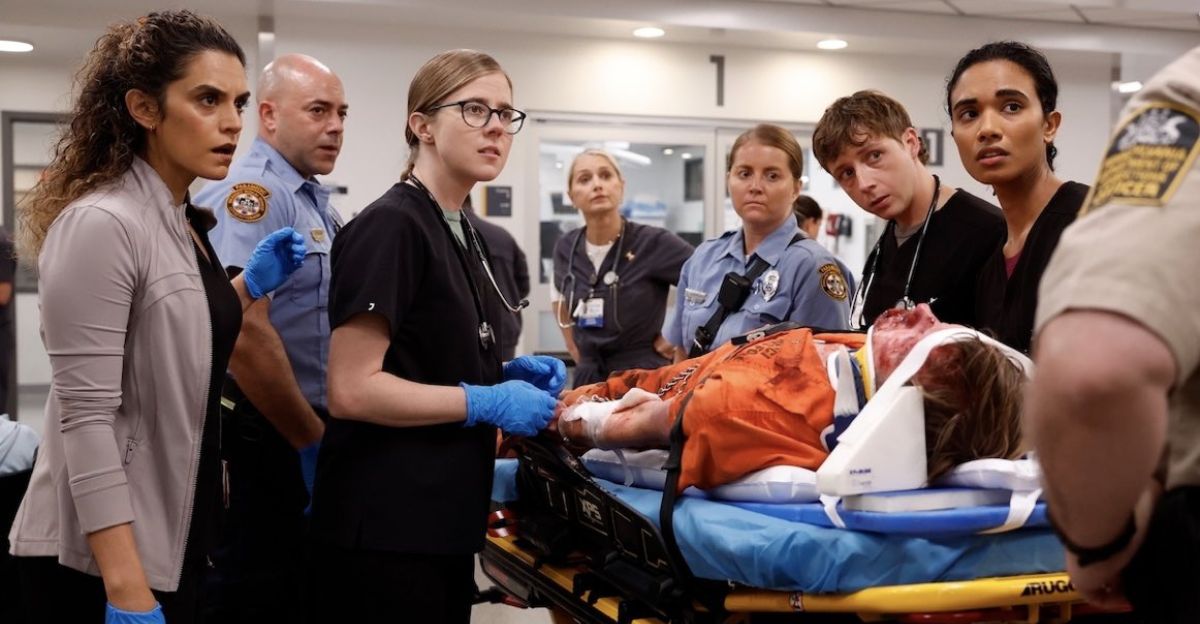
Season 2 of “The Pitt” is in active development, and insiders say Dana Evans’ arc remains central to the show’s future. LaNasa’s performance has become so integral, the series would feel unrecognizable without her.
Critics and fans alike expect her story to evolve even further—both professionally and personally—when the show returns.
Bringing Compassion to the Spotlight

Katherine LaNasa’s journey—from years of steady acting work to facing cancer and earning an Emmy nomination—shows the power of persistence, purpose, and empathy in storytelling.
Her role as Dana Evans is more than a breakthrough; it’s a reflection of the healthcare heroes she sought to honor and the emotional weight that great acting can carry.
In an era packed with peak TV, LaNasa has carved out something real—an enduring performance that celebrates both the strength of nurses and the humanity behind the scrubs.